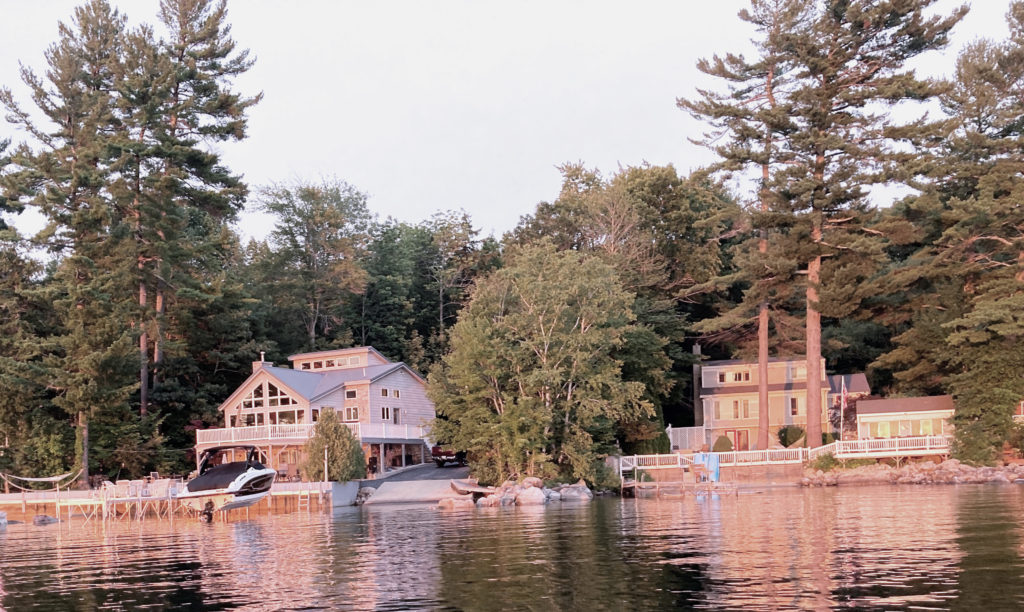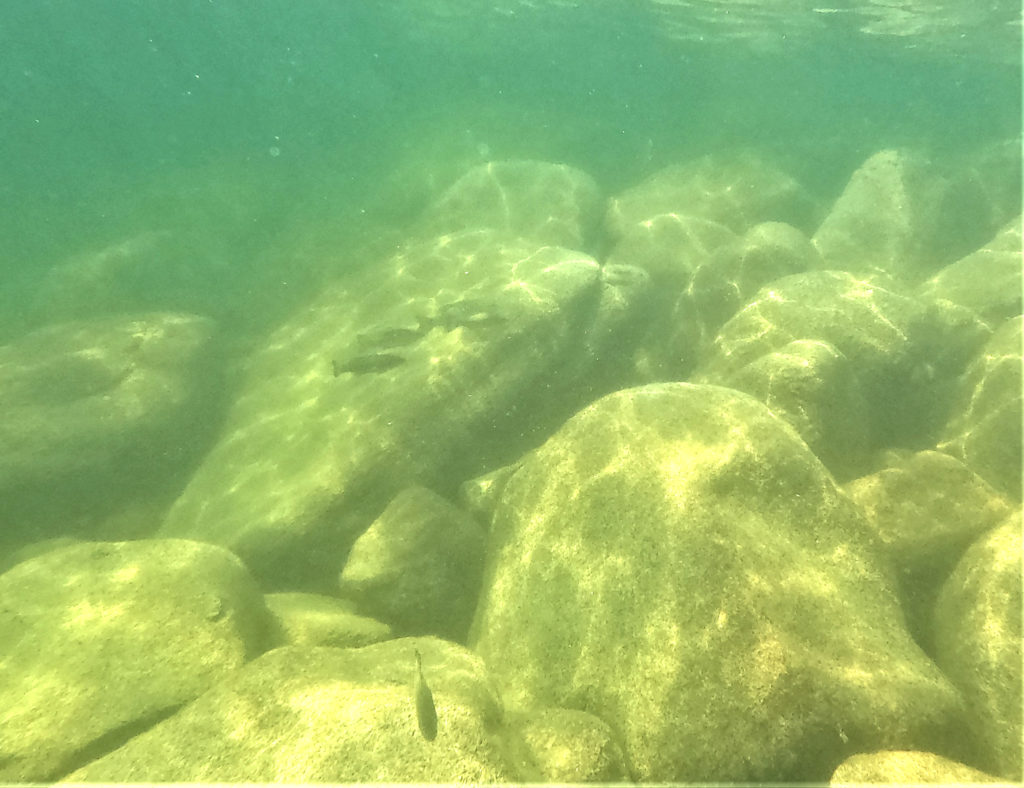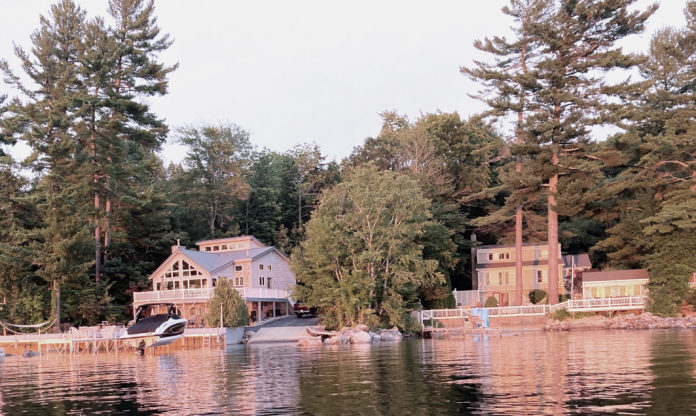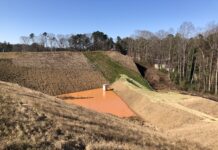by Rich McLaughlin, Ph.D.
The erosion of lake and ocean shorelines is of great concern to both landowners and natural resource managers. The historical approach to controlling such erosion has been to armor the shoreline with riprap, walls and similar devices designed to absorb wave energy and prevent further erosion. How effective they are relative to other approaches is the subject of considerable debate, but their effects beyond controlling erosion are the subject of several recent studies.
How do the aquatic organisms respond in a freshwater lake when the shoreline is armored with either riprap or walls? This was the central question for Chhor et al. when they surveyed a lake in Canada.1 To do the assessment, 20 sites were selected with either natural rocky shoreline, riprap or a wall, for a total of 60 sites. The armoring appeared to be the result of erosion that individual cottage owners wanted to halt, but the conditions prior to that were unknown.

Surveys of fish, aquatic plants and woody debris were conducted by a diver, and aquatic macroinvertebrates were surveyed with a kick net. The overall and individual habitat metrics scored much lower where there was armoring, with noticeably less woody debris and aquatic plants.
The authors suggested that this was likely due to a combination of disturbance during the armoring process and active management by the cottage owners. However, neither fish nor macroinvertebrates appeared to be adversely affected. In fact, of the six fish species found in large enough numbers to assess, only largemouth bass preferred the natural shoreline. This may have been due to the absence of woody debris and plants for the largemouth bass to use to ambush their prey. However, pumpkinseed, bluegill, yellow perch, rock bass and one of two groups of minnow preferred the armored habitat over natural. The authors suggested that there may be shifts occurring in the aquatic environment and community structure that may not be evident yet.

In a very different analysis, the effect of seawalls on property values on the coast of southern California was determined.2 In order to do this, Brucal and Lynham selected data previously collected on properties near the shore in San Diego and Santa Cruz counties. The presence of seawalls or beach nourishment was noted, although there were few beach nourishment projects so this was not included. The property values were collected from county records and other data came from a survey of homeowners. The authors noted numerous negative effects of seawalls on beaches, such as steepening the beach gradient and interrupting the flow of sand to adjacent beaches, reducing their width or eliminating them altogether. In Santa Cruz, there was a strong negative effect of seawalls on the value of property but not in San Diego. Differences in the physical attributes of the shoreline were suggested as the reason, with much higher cliffs in San Diego that made the beaches less accessible anyway. Using their models, the authors estimated tax losses of up to $54 million annually if the number of seawalls was doubled in Santa Cruz County.
References
1. Chhor, A. D., D. M. Glassman, J. P. Smol, J. C. Vermaire, and S. J. Cooke. 2020. Ecological consequences of shoreline armoring on littoral fish and benthic macroinvertebrate communities in an Eastern Ontario lake. Aquatic Sciences (2020) 82:73. https://doi.org/10.1007/s00027-020-00740-0.
2. Brucal, A., and J. Lynham. 2021. Coastal armoring and sinking property values: the case of seawalls in California. Environmental Economics and Policy Studies (2021) 23:55–77. https://doi.org/10.1007/s10018-020-00278-3.













